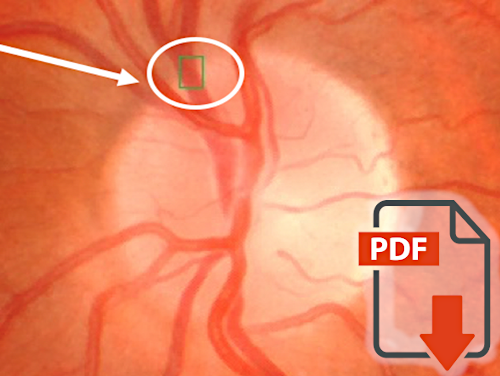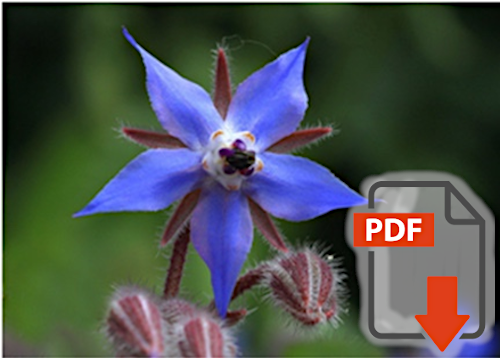Reduction of retinal venous pressure
| In the chapter about the causes of circulatory disorders in glaucoma we have discussed also the increased retinal venous pressure. There you will also find a video about causes, consequences and treatment of high retinal venous pressure. For a long time, researchers assumed that retinal venous pressure was the same as eye pressure. Then, when some clinicians realized that this retinal venous pressure is quite often higher than the intraocular pressure, they did not give it much clinical significance, assuming that it had no therapeutic consequence. It was assumed that the retinal venous pressure in these cases was elevated for mechanical reasons. Flammer and his colleagues were the first to show that venous pressure can be at least partially reduced pharmacologically in most cases. This also proved that the problem was not purely mechanical. | |
 L Fang, Turtschi, M Mozaffarieh: The effect of nifedipine on retinal venous pressure of glaucoma patients with the Flammer-Syndrome |
Fang et al. have shown that calcium channel blockers significantly reduce retinal venous pressure in glaucoma patients. This effect was more pronounced in glaucoma patients with Flammer syndrome than in glaucoma patients without Flammer syndrome. This is not entirely surprising. In previous studies, Flammer and colleagues have shown that retinal venous pressure is regulated mainly by endothelin. Patients with Flammer syndrome have on average a slightly higher endothelin level and calcium channel blockers reduce the endothelin effect. |
 T Devogelaere, A Schötzau: The Effects of Vitamin Supplementation Containing L-Methylfolate (Ocufolin® forte) on Retinal Venous Pressure and Homocysteine Plasma Levels in Patients with Glaucoma |
Devogelaere has shown that OcufolinR also reduces retinal venous pressure. Ocufolin is a vitamin preparation containing L-methylfolate, the active, bioavailable form of folic acid. Ocufolin has, as far as known, no undesirable side effects, on the contrary, additional desirable effects. Among other things, it very efficiently lowers the homocysteine level in the blood. See also: https://ocufolin.ch/en/specialist-portal |
 J Flammer: Measuring and Treating Retinal Venous Pressure: Efforts and Benefits |
Elevated retinal venous pressure (RVP) is a significant load on the eye. It decreases the perfusion pressure in the eye, i.e. the difference between arterial pressure at the entrance and venous pressure at the exit from the eye. It also increases transmural pressure and thus the risk of edema in the retina. For a long time, the opinion prevailed that this RVP could not be lowered. In an "Expert opinion" Josef Flammer describes how we can measure this pressure and which therapeutic possibilities we have today. |
 AD Smith: Can we improve ocular blood flow and protect the eye? |
In an "Expert Opinion" David Smith, Professor Emeritus of Pharmacology from the University of Oxford describes the importance of vascular endothelial cells for normal ocular blood flow. Accordingly, a vascular endotheliopathy is usually the main cause of a circulatory disorder. This in turn can be caused by an elevated homocysteine level. Methylfolates, especially in combination with certain vitamins, lower elevated homocysteine, increase the production of the vasodilator nitric oxide and lower pathologically elevated retinal venous pressure. |
 Z Vahedian, L Fang, G Fakhraie, H Amini, A Chiou, A Psychias, J Bovet, Mozaffarieh M: The Effect of Borage on Retinal Venous Pressure of Healthy Subjects with the Flammer Syndrome Running Title: Borage and Retinal Venous Pressure |
Borage tea, which is often drunk in Iran, is said to have many positive medicinal effects. Borage acts through many different mechanisms. It has an antioxidant, a calcium channel-blocking and a prostaglandin E1-generating effect. Vahedian et al. showed that after three weeks of borage tea consumption, retinal venous pressure decreased slightly. However, this reduction was significant only in the group with Flammer's syndrome. |